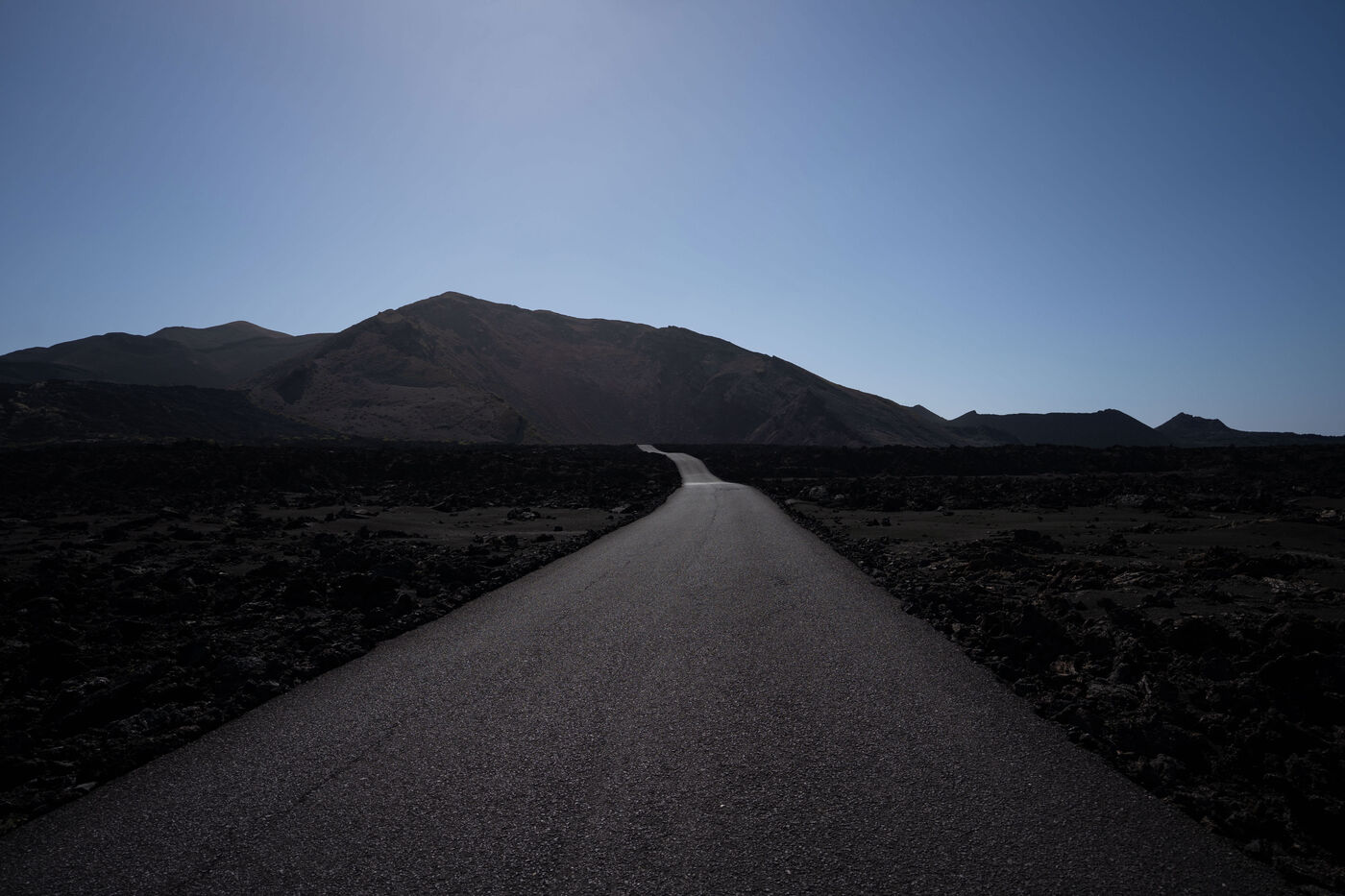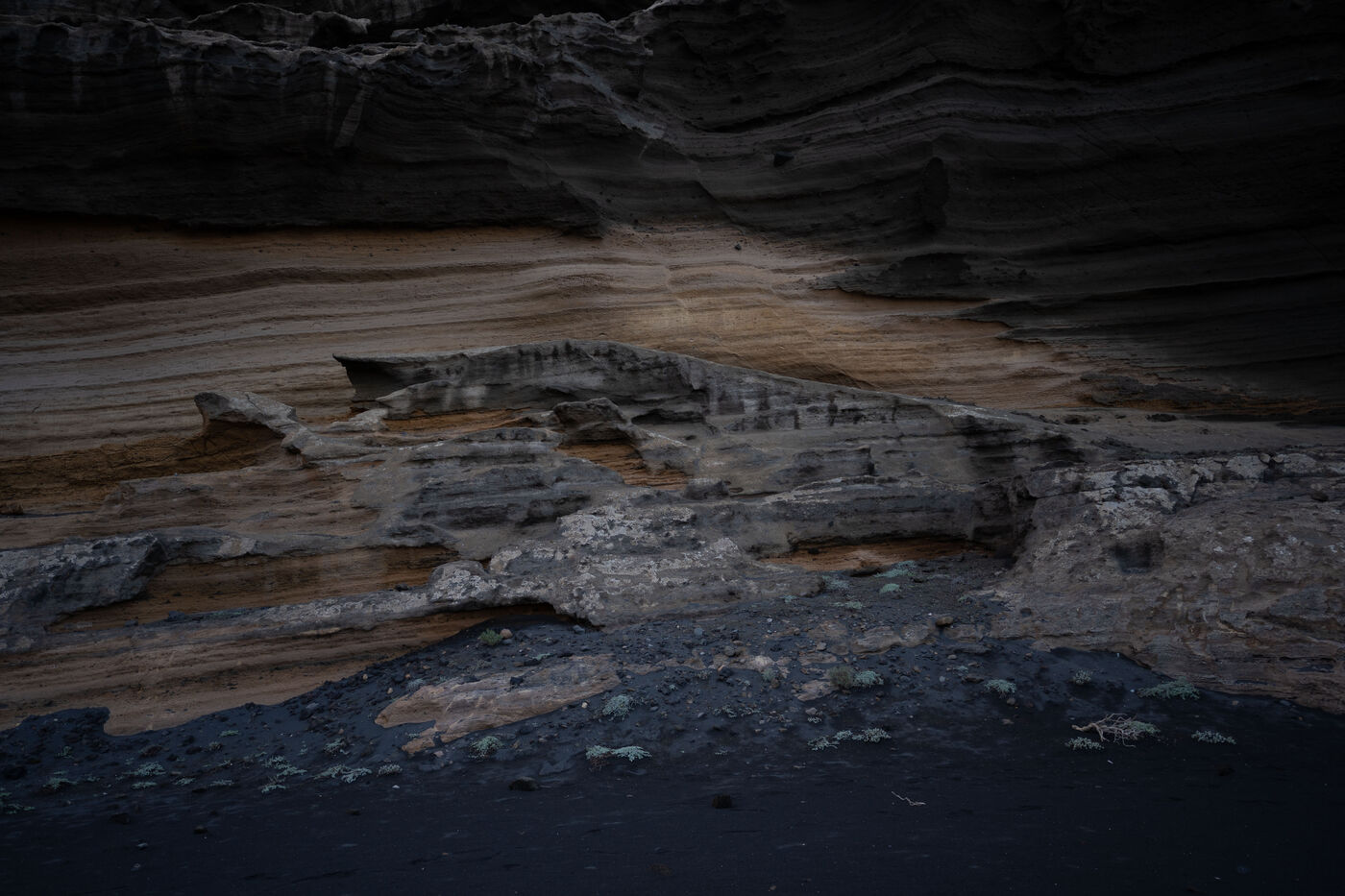Pour accéder à la série en entier, vous devez vous logger ou demander un compte Hans Lucas en cliquant ici.
Tourisme | Texture de Lanzarote
Depuis l'antiquité, Lanzarote est reconnu comme une île fortunée (Fortunée Insulae). Les anciennes civilisations lui ont donné bien des noms, le jardin des Hespérides, les vestiges de la légendaire Atlantide, l'île du bout du monde.
Les nombreux réseaux d écosystème composé d une variété de plantes terrestres et marines endémiques ont permis à Lanzarote d être reconnu comme tel par l'Unesco. La symbiose parfaite qui s est établie entre les différents organismes vivants est certainement la raison principale de cette reconnaissance internationale. Cette variété surprenante est dû à la constitution minérale de l île. Du haut des volcans aux côtes maritimes, Lanzarote connu comme le désert de lave offre des textures organiques vivantes et en constant mouvement.
Ici l'écume brille, le vent danse et en harmonie ses deux éléments viennent sculpter la roche.
Tourism | Textural Lanzarote
Since ancient times, Lanzarote has been known as a fortunate island (Fortunate Insulae). Ancient civilizations have given it many names, the Garden of the Hesperides, the remains of the legendary Atlantis, the island at the end of the world ...
The numerous ecosystem networks composed of a variety of endemic land and marine plants have allowed Lanzarote to be recognized as such by Unesco. The perfect symbiosis that has been established between the different living organisms is certainly the main reason for this international recognition. This surprising variety is due to the mineral constitution of the island. From the top of the volcanoes to the marine coasts of the island, Lanzarote known as the lava desert offers living organic textures in constant movement.
Here the foam shines, the wind dances and in harmony these two elements sculpt the rock.









